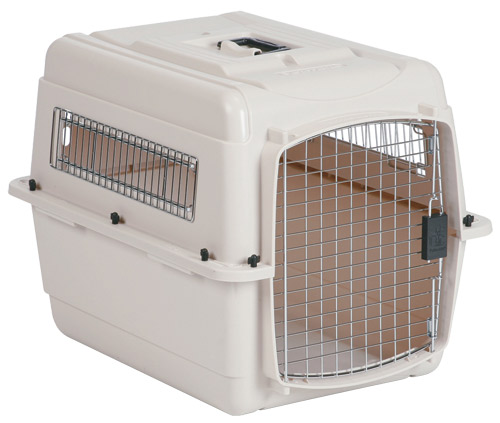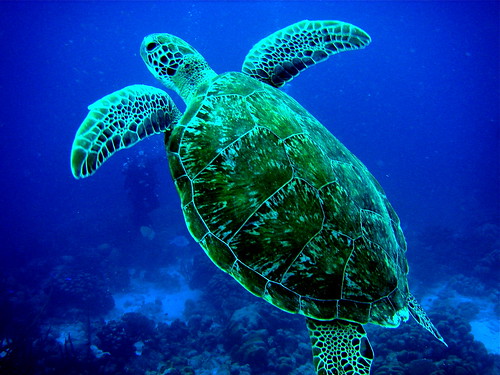General Cat Care
If you want to be a better cat-owner, here are some pointers to help you take care of your cat in the best way possible. Hygiene, training, and grooming are all addressed in a logical, easy to understand format. How to use treats is addressed, so that they stay treats, not a general practice.
Cats need food, litter boxes, and flea control. Their people need the correct supplies to take care of them. While there are many good products in the general marketplace, there are specialty items you may not be aware of or may be paying top-dollar for. I can help with the latter. Specialty items can be purchased directly from the suppliers at a price that makes their use more appealing, often with free shipping.

Cat care consists of attending to the physical comforts of your cat, emotional and intellectual stimulation, and love. The physical is easy. All the "things" you need are easily accesible. Emotional and intellectual stimulation are in the way you relate to your cat. Talk to your cat. Treat it as a friend and it will be one to you. Allow your cat to express it's unique personality. Stimulate it's natural intellect with toys, games and training.
By simply relating to your cat as you go about your day; talking to it when you enter the room, calling it for food or bed; your cat will become attentive to you. You will find your cat coming around to say "hello," asking for cuddles and play.
Tickler wands and other interactive toys will always help your cat to relate to you. Because these toys are only available for play when you offer them, your cat will ask you for them. Your cat can easily be trained to playing with these toys by offering the toys, and when your cat loses interest, give a treat and a cuddle. The treats and toys will give your cat an added reason to play with you besides the exercise and enjoyment it gets by chasing the toy you offer.












 product of the Golden Frog Project that started in 2001. The Project aims to serve as Noah's Ark until a solution to control a fungus is found.
product of the Golden Frog Project that started in 2001. The Project aims to serve as Noah's Ark until a solution to control a fungus is found. 







 One of the most toxic animals in the world -- the poison dart frog -- lives here. Its bright colors warn predators to keep away, but herpetologists learned they aren't very dangerous living inside the aquarium. In fact, Cover says dart frogs born and raised in captivity are completely non-toxic.
One of the most toxic animals in the world -- the poison dart frog -- lives here. Its bright colors warn predators to keep away, but herpetologists learned they aren't very dangerous living inside the aquarium. In fact, Cover says dart frogs born and raised in captivity are completely non-toxic.